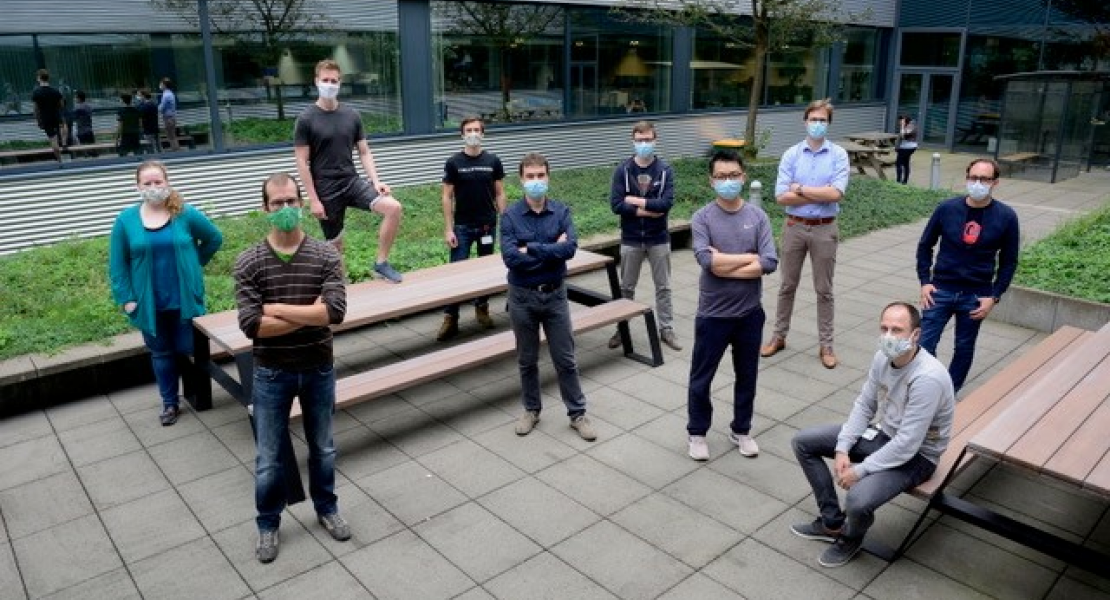A unique collaborative effort by the De Rybel (VIB-UGent Center for Plant Systems Biology) and Saeys (VIB-UGent Center for Inflammation Research) labs has pioneered the development of single-cell transcriptomics in plants. In doing so, they identified how plants translate indications of low phosphate availability into growth adaptation. This new discovery may enable the modulation of plant growth in a targeted way to enhance nutrient uptake efficiency and adaptation to changing environmental conditions.
Inner plant tissues prompt outer-layer root hair growth
In plants, inner vascular tissues play an important dual role by providing both structural support as well as enabling the transport of water, nutrients and signaling molecules throughout the plant. The development of vascular tissues is partly controlled by a two-protein complex.
While the direct activity of this protein complex is limited to the innermost cells of the vascular system, one of the downstream effects is the production of a mobile plant hormone called cytokinin.
The authors of this study determined how individual cells in model plant Arabidopsis thaliana respond to this mobile signal being produced in the innermost cells of the root. To do so, they developed the use of single-cell transcriptomics in plants, resulting in a unique gene expression atlas for each of the different cells found in the root – a rich resource for the broader plant sciences community. Using these new data insights, they uncovered a surprising enrichment of genes only found in the outermost, root-hair-forming cells of the root. This suggests a role for inner vascular cells in controlling root hair development in the outermost cell layer.
More root hairs, more efficient phosphate uptake
Activating this vascular protein complex triggered an increase in root hair density, a response which is also seen in plants growing in phosphate-limited conditions. In contrast, plants lacking these vascular protein factors did not respond to low phosphate levels.
The researchers used a combination of molecular and genetic tools to validate the importance of this multi-cell-layer signaling mechanism. These results provide new insights into how plants translate the perception of low phosphate conditions into a growth response, prompting the growth of more root hairs that can efficiently search the soil for this immobile nutrient.
Paving the way for adaptive crops and lower fertilizer use
These results could have far-reaching effects on current agricultural practices, as plant growth is restricted by the lack of phosphate in most soils. To overcome this limitation, farmers apply fertilizers, but these have significant negative impacts on environmental factors such as water quality. The signaling pathway identified in this study may lead to new strategies to enhance phosphate uptake in crop plants and reduce the need for fertilizers in the future.
Jos Wendrich: “This intense collaborative effort, which combines biological and bioinformatics expertise, enabled us to explore cellular responses at unprecedented resolution and identify a link between two processes that we thought were unrelated.”
Yvan Saeys: “In this collaboration, we pioneered the use of single-cell transcriptomics in plants. Using novel computational techniques to unravel cell developmental dynamics, we were able to establish a blueprint of root cell lineages and gain novel insights into root development.”
Publication
Wendrich et al. (2020) Science 2020
Financing
Marie-Curie, ERC, FWO, and UGent
- Log in to post comments
